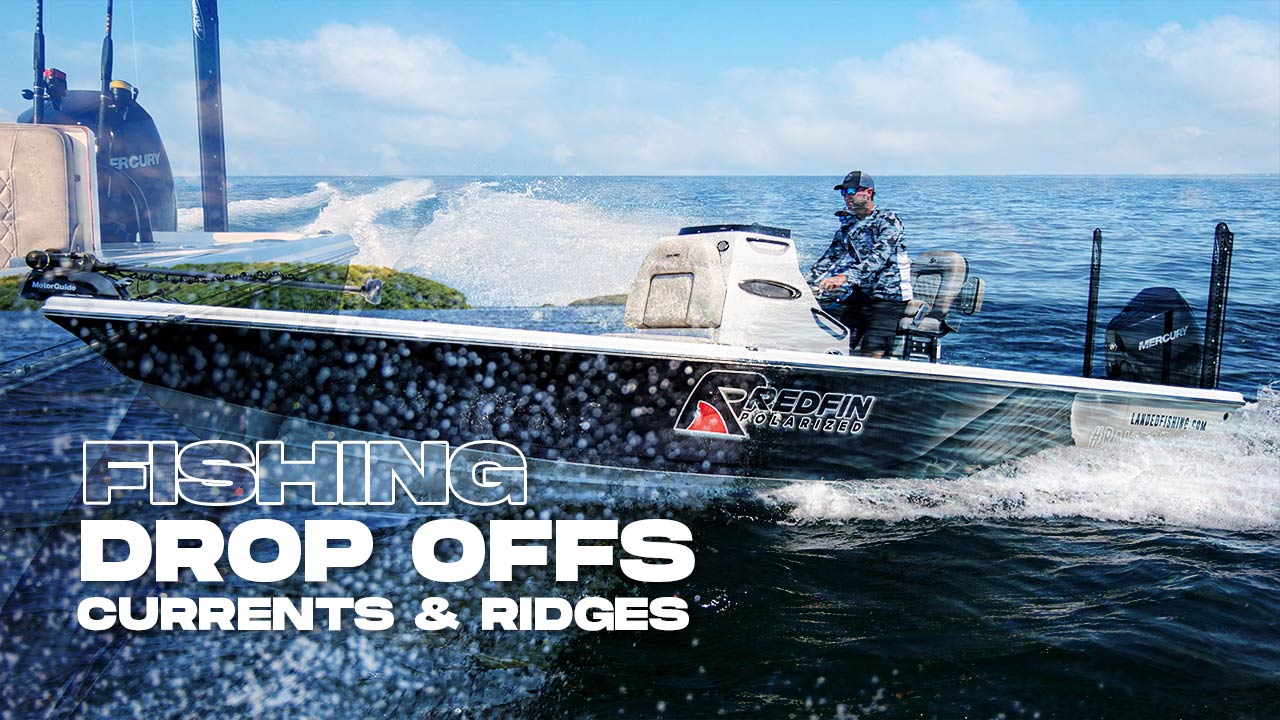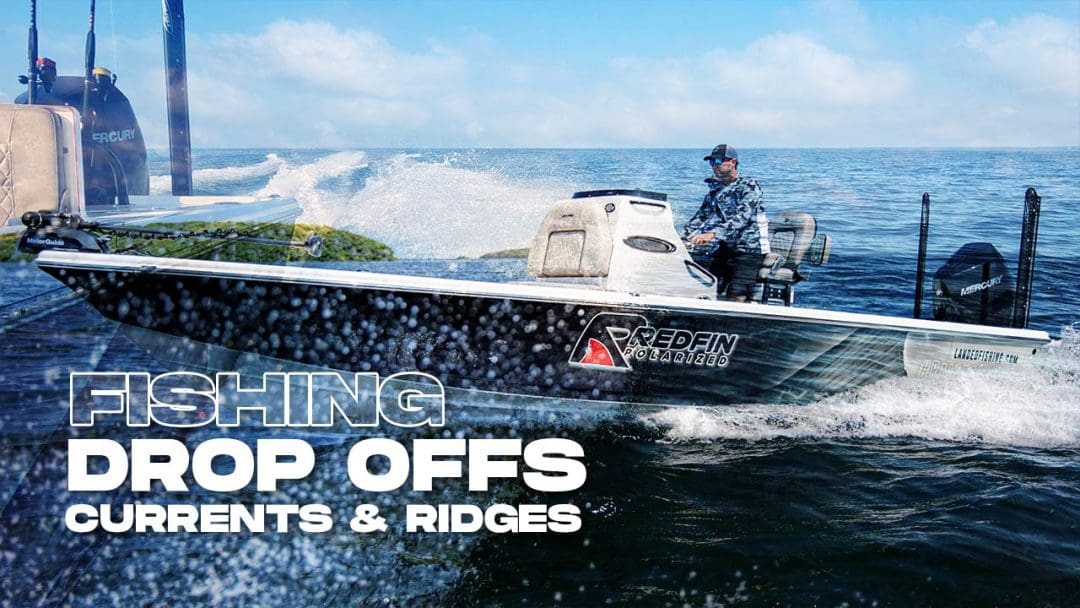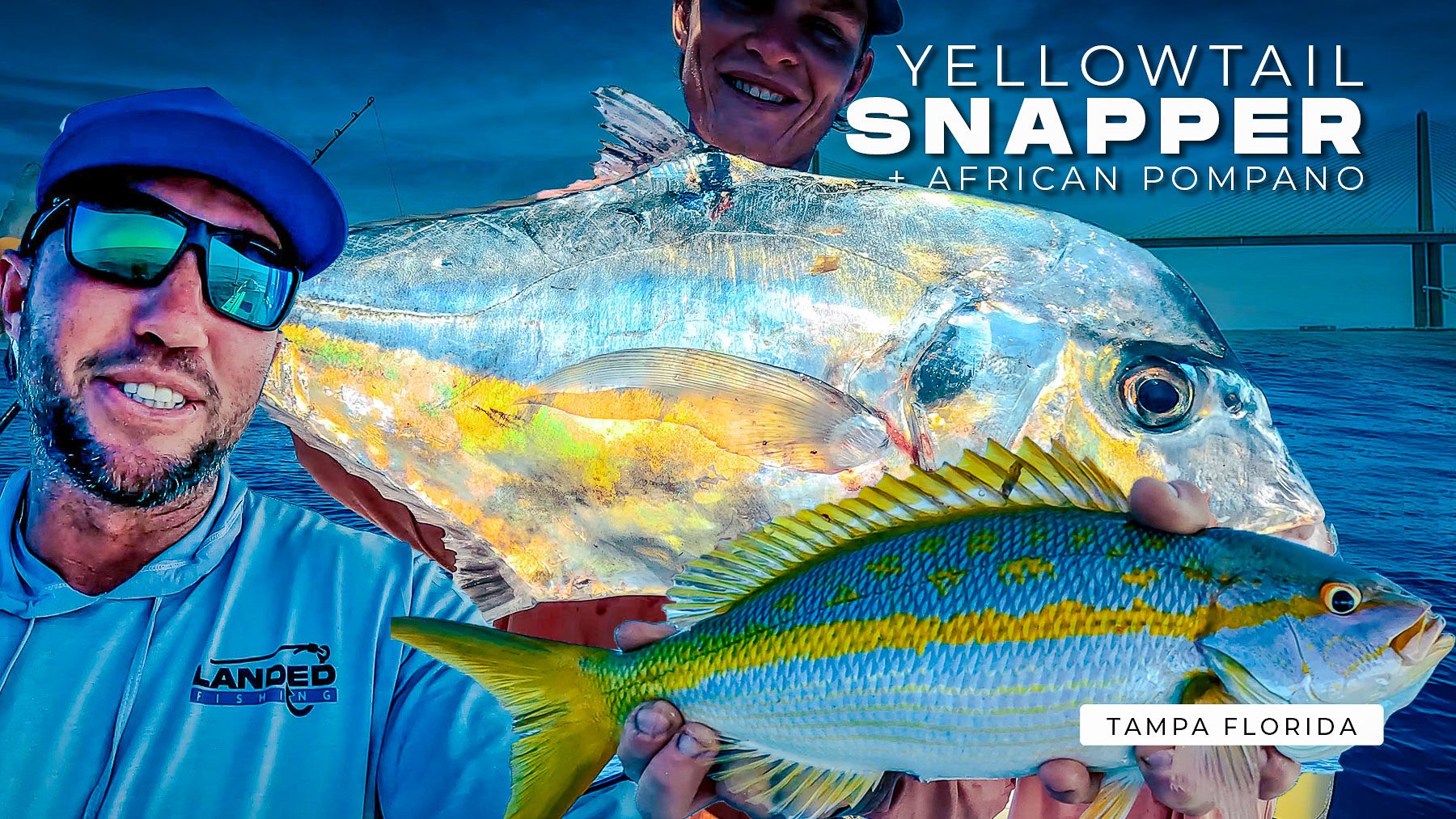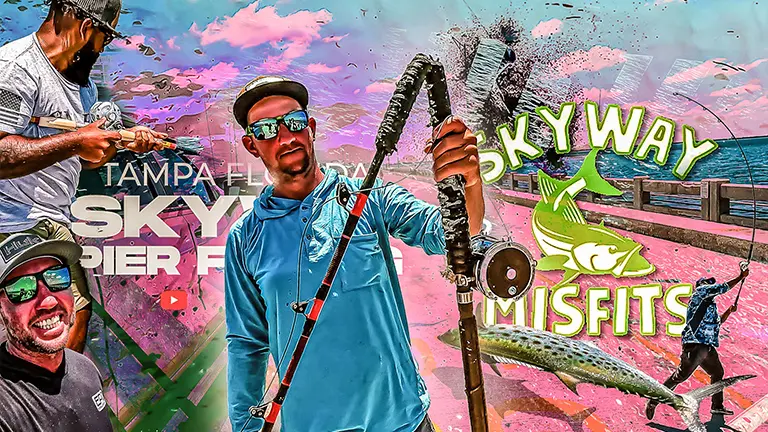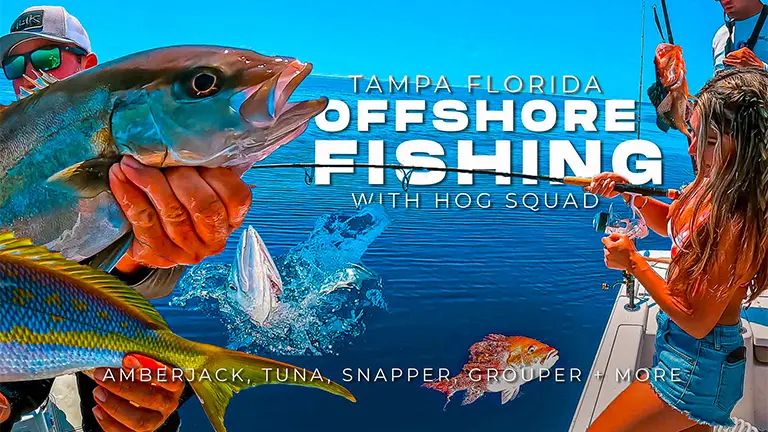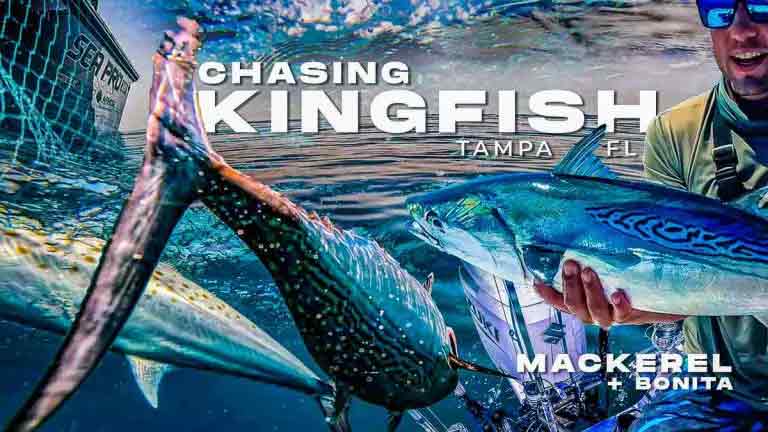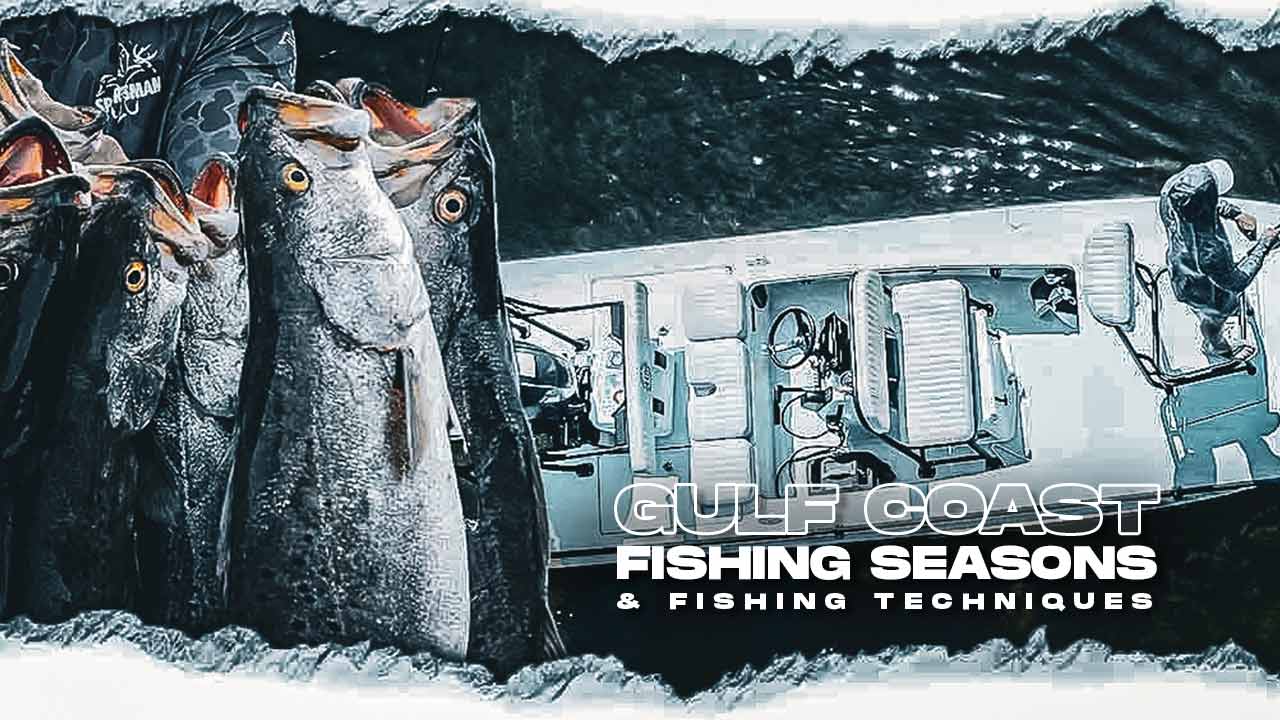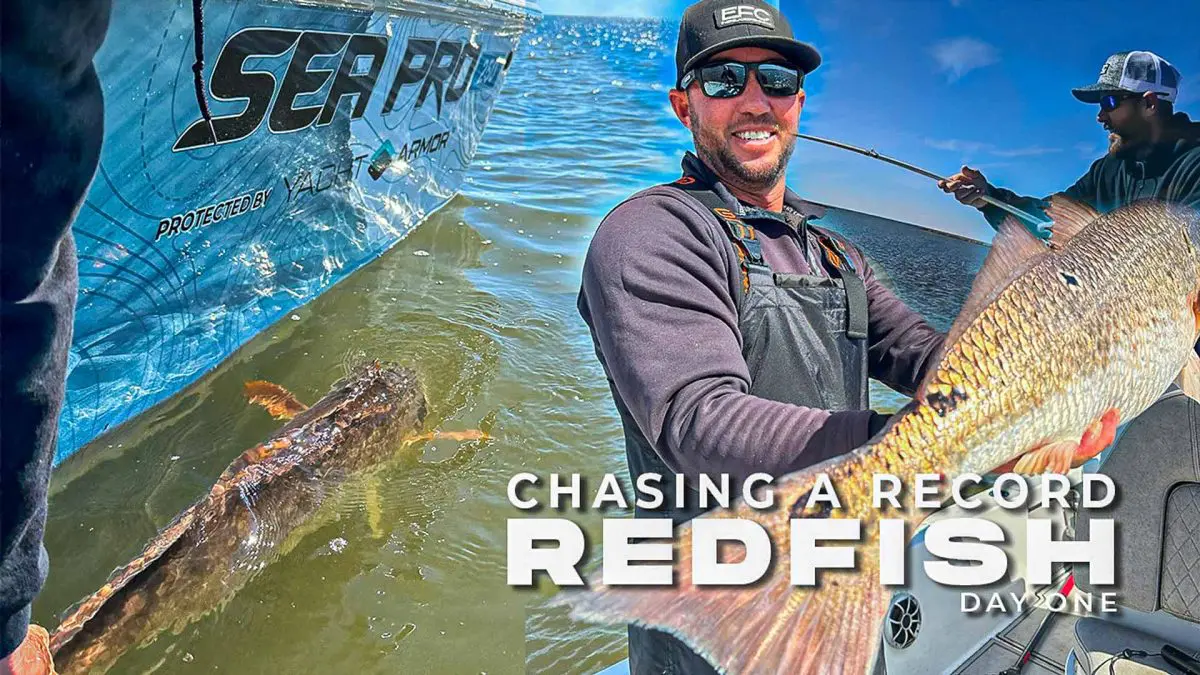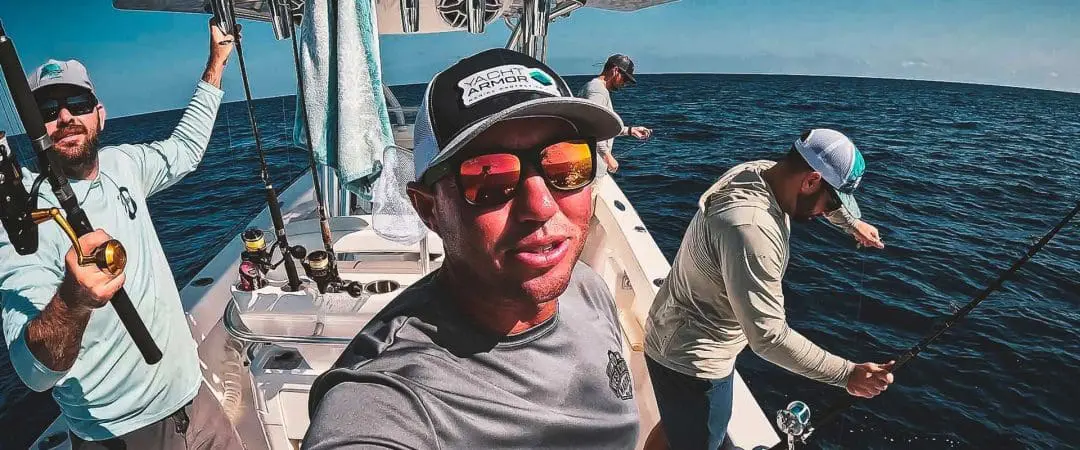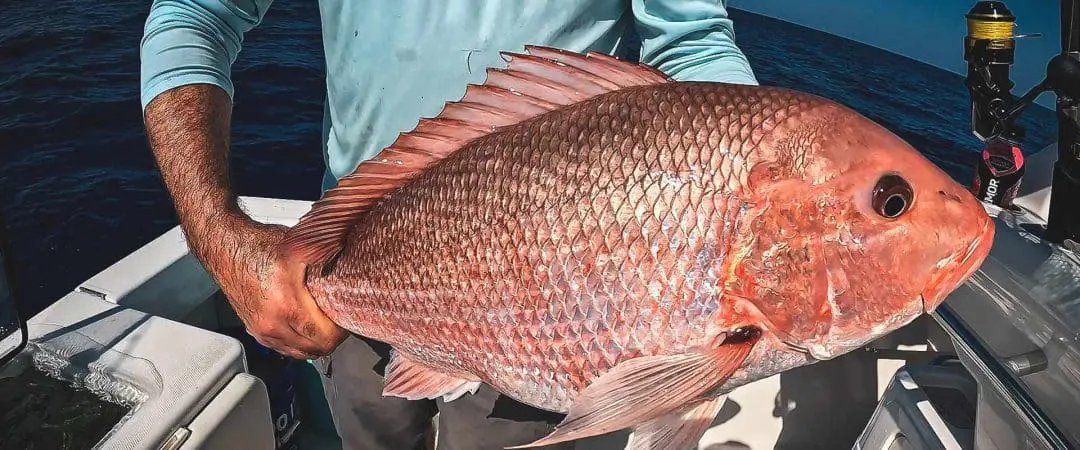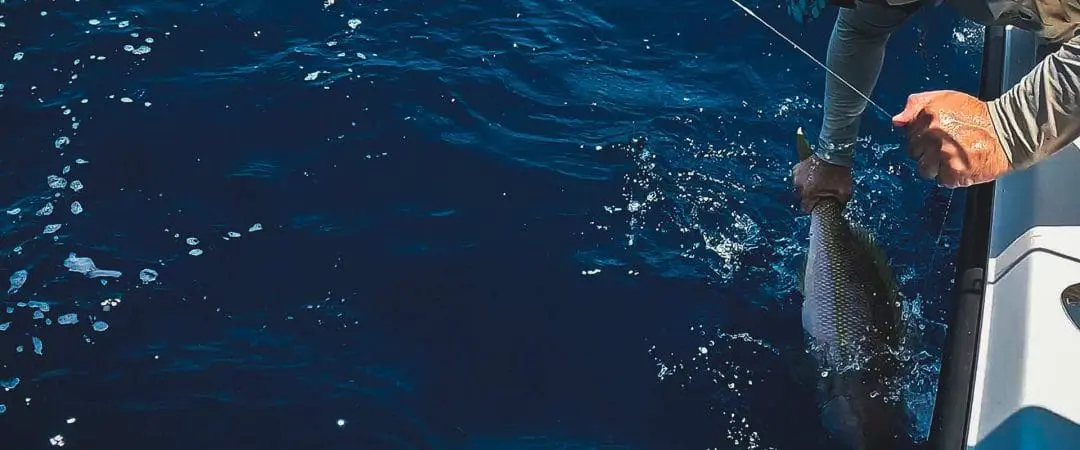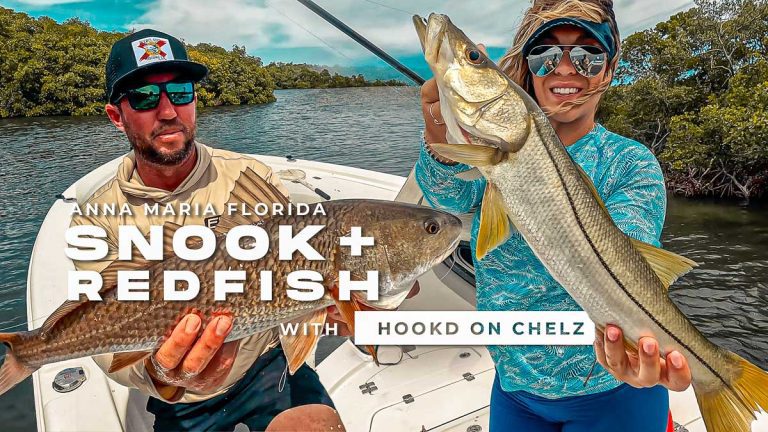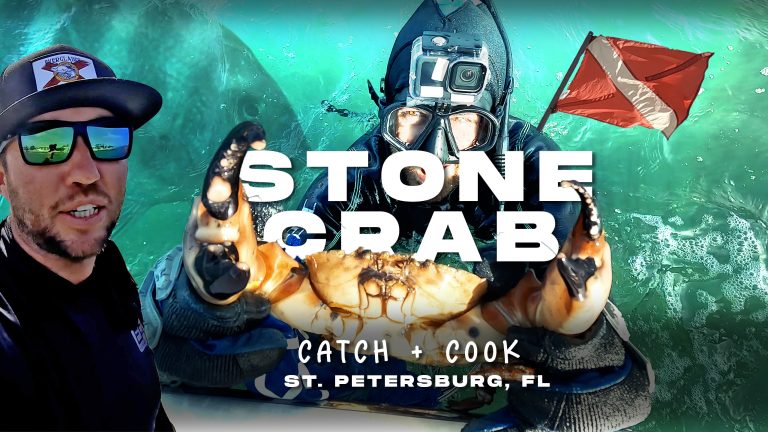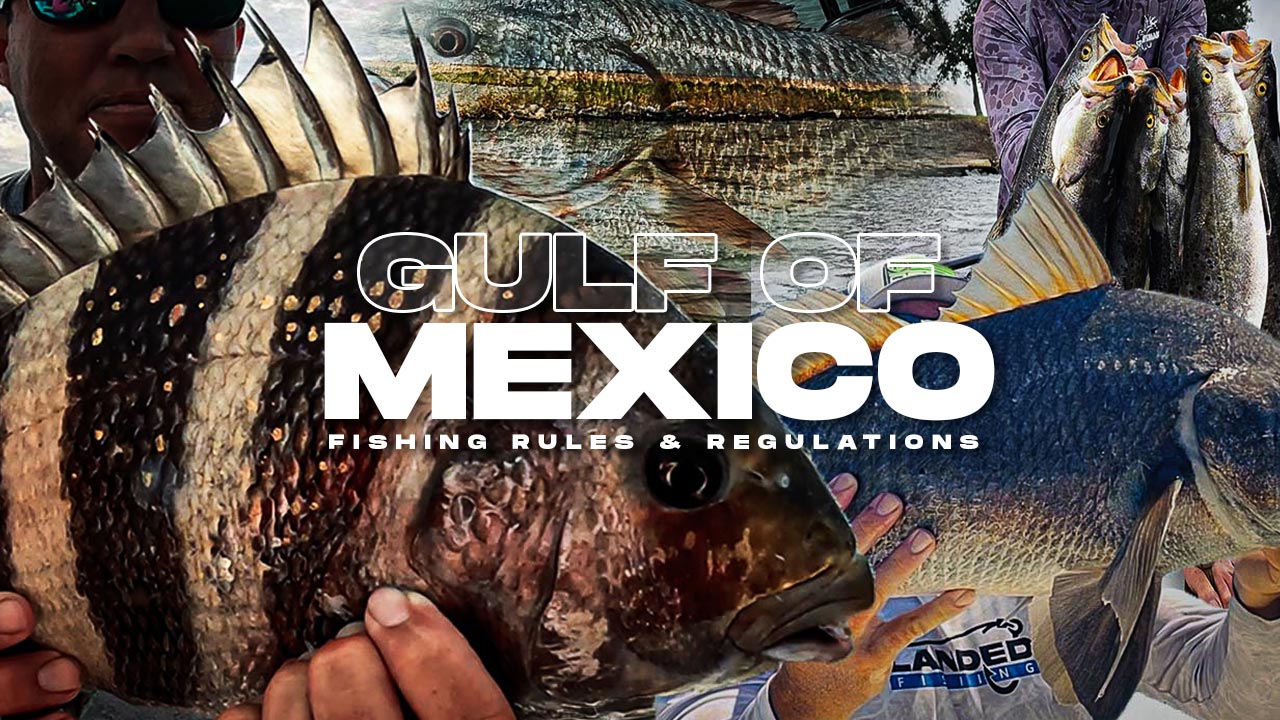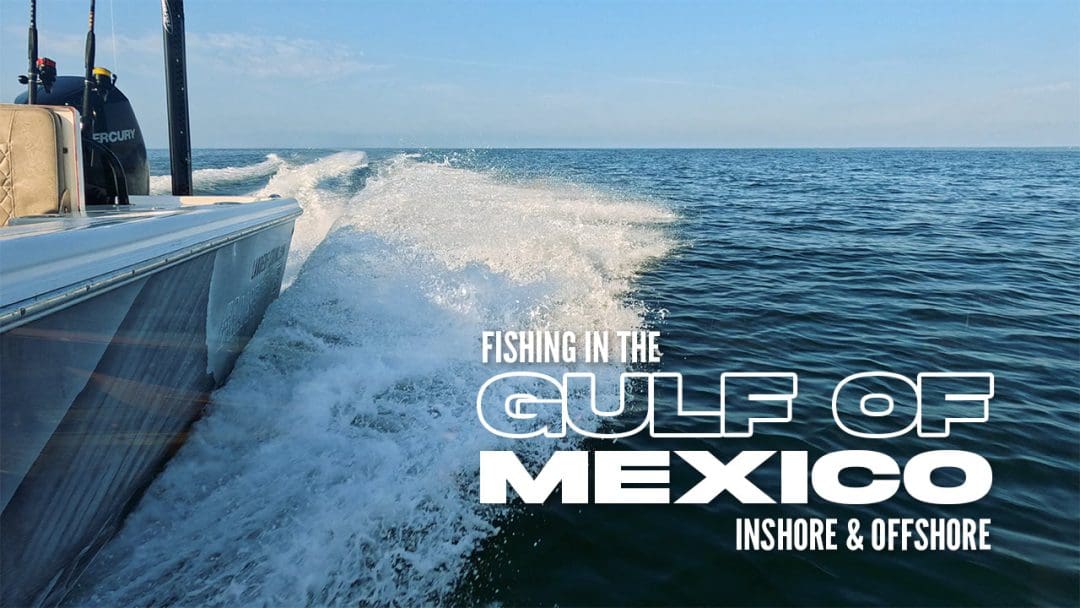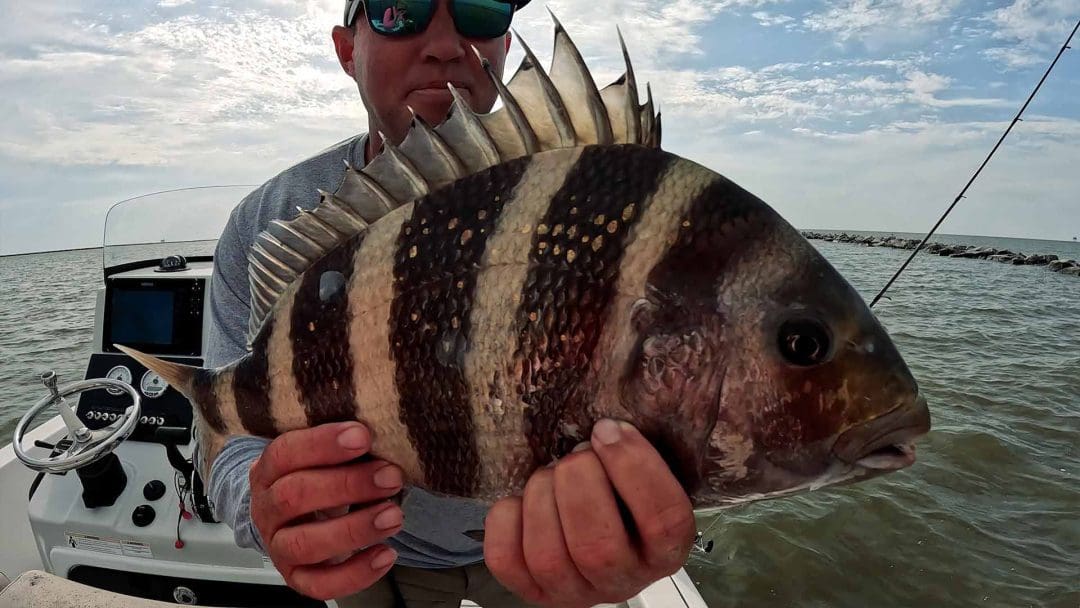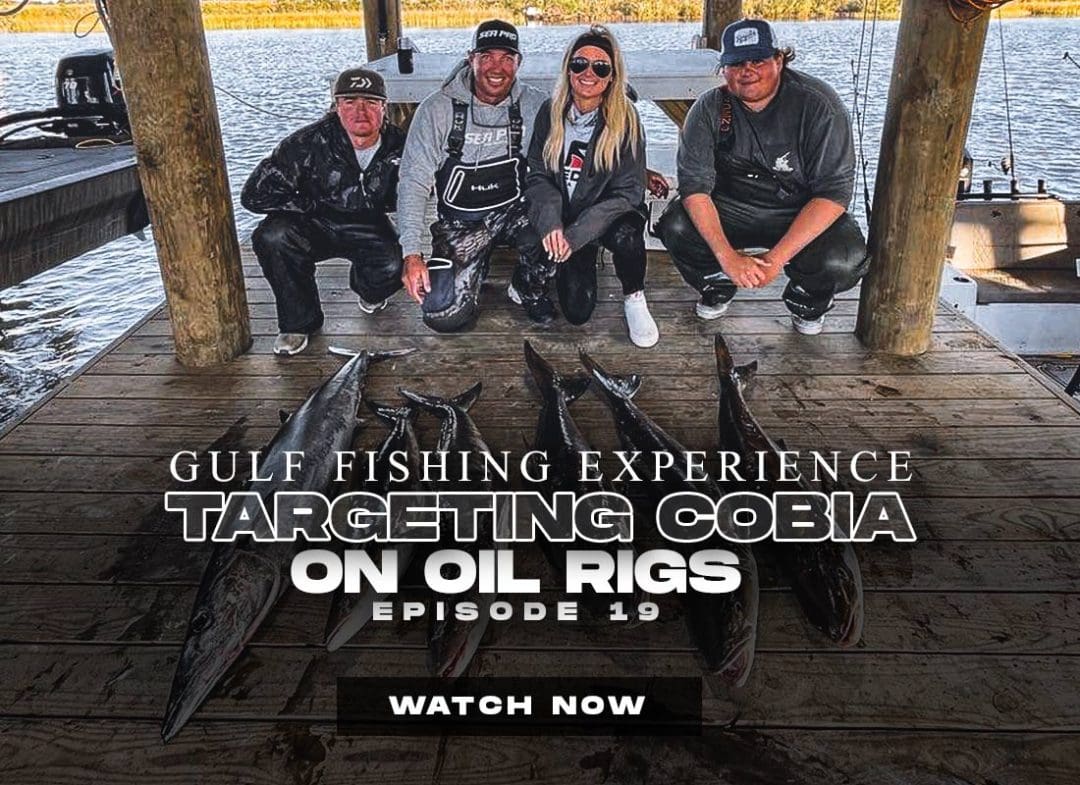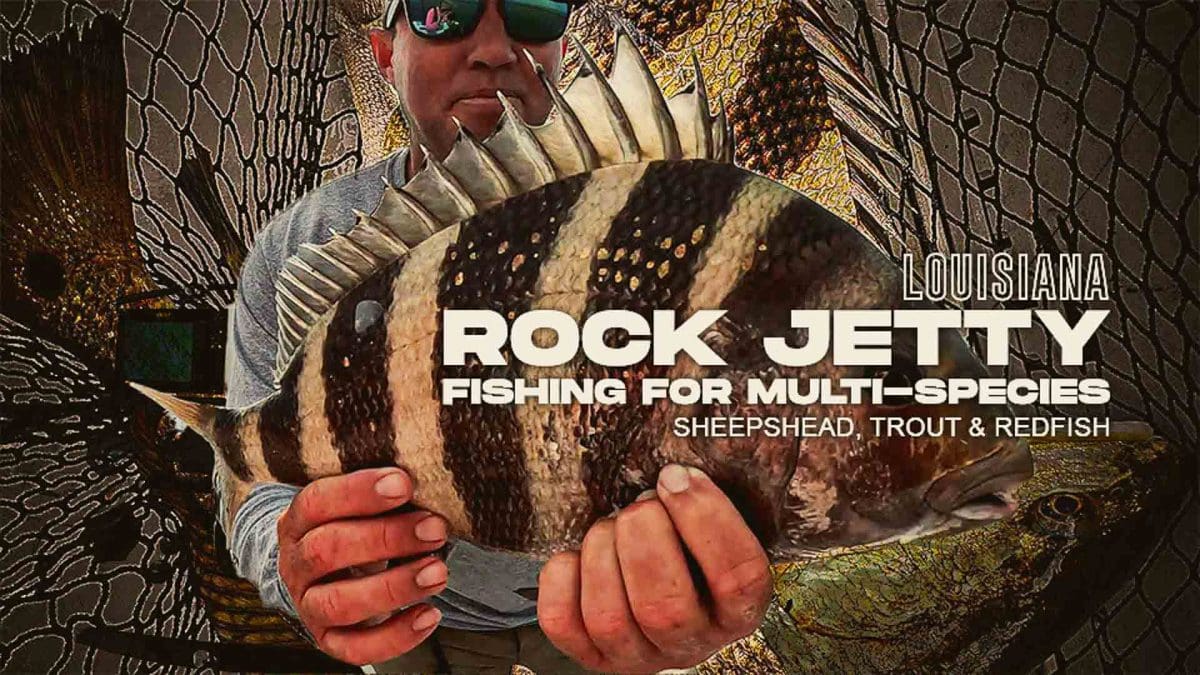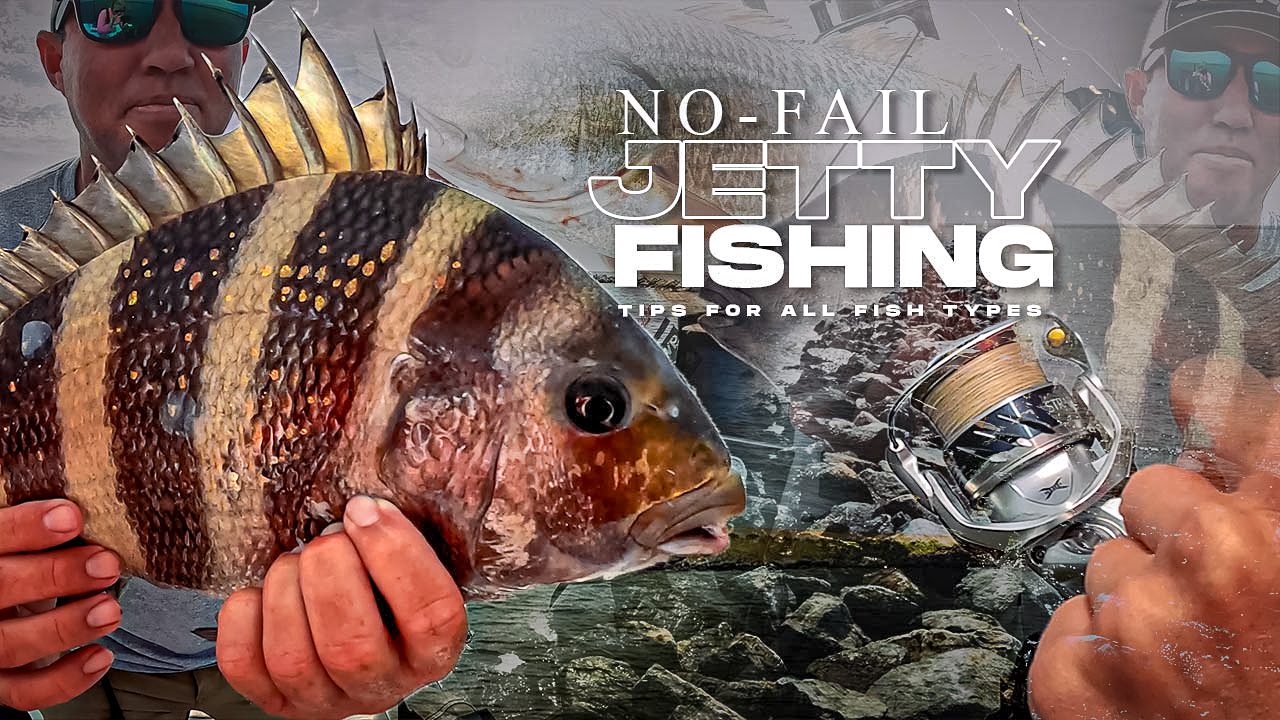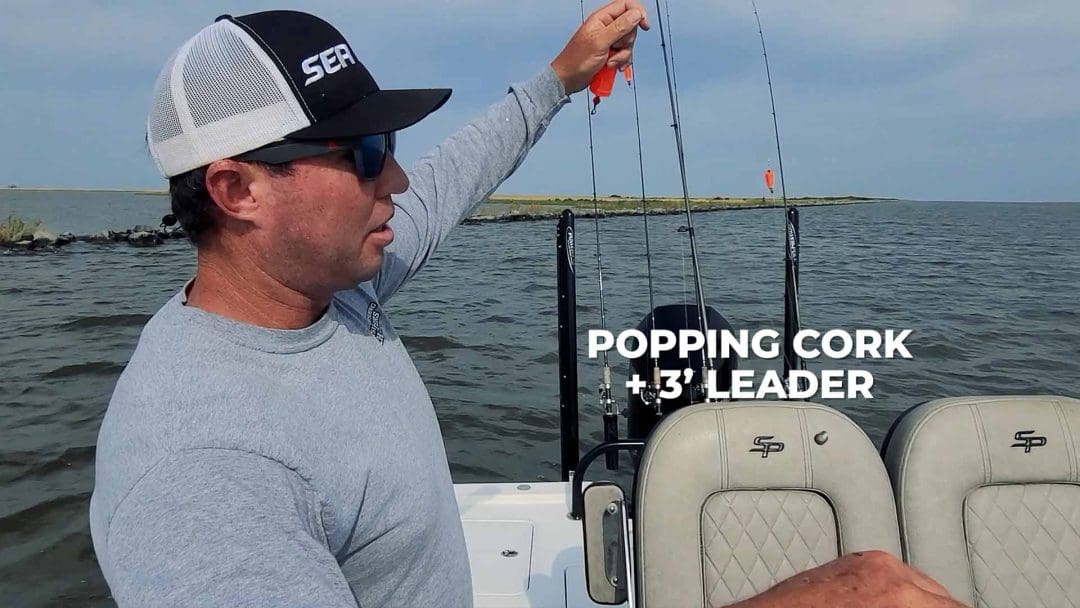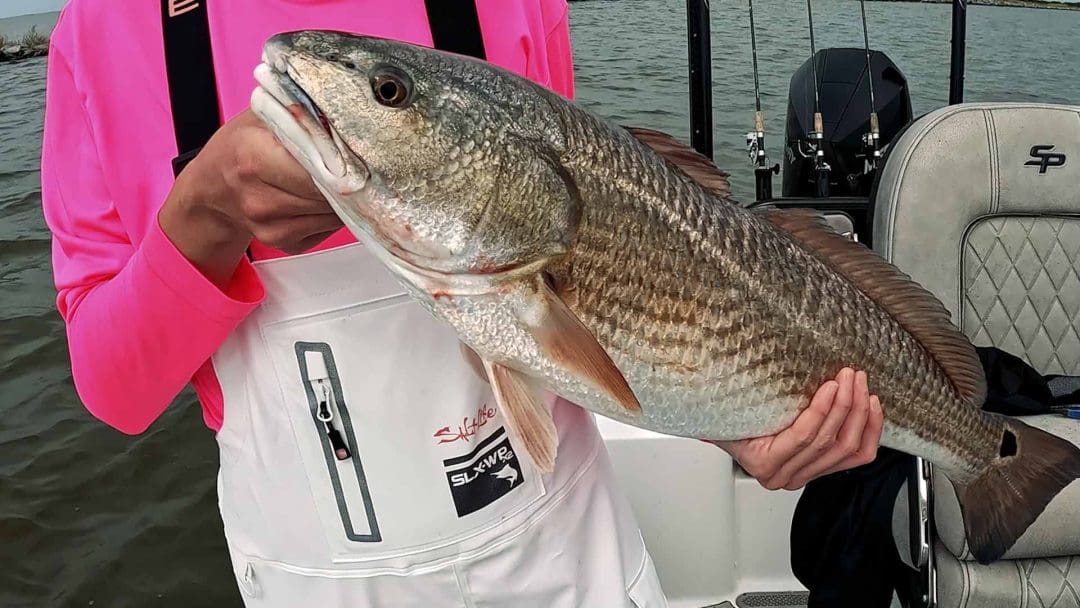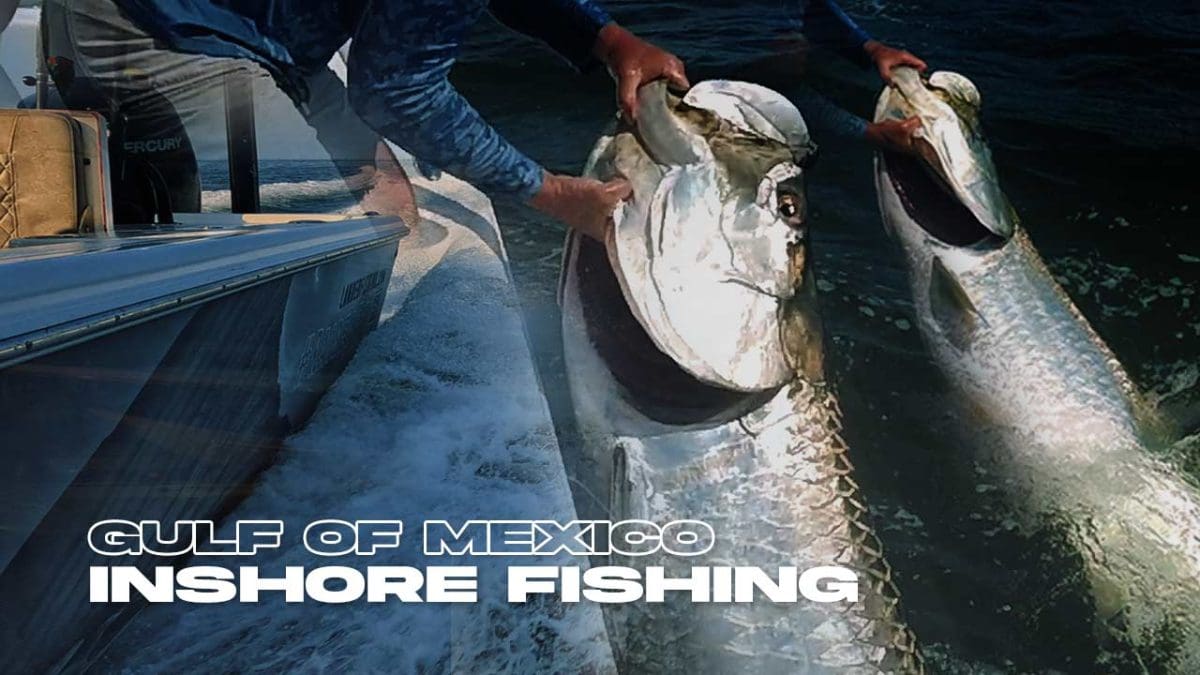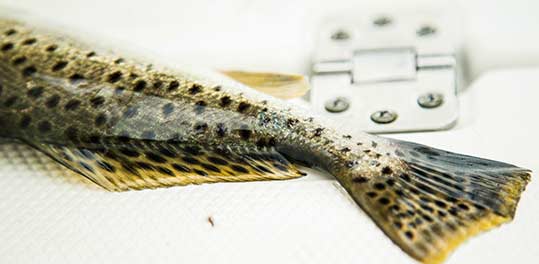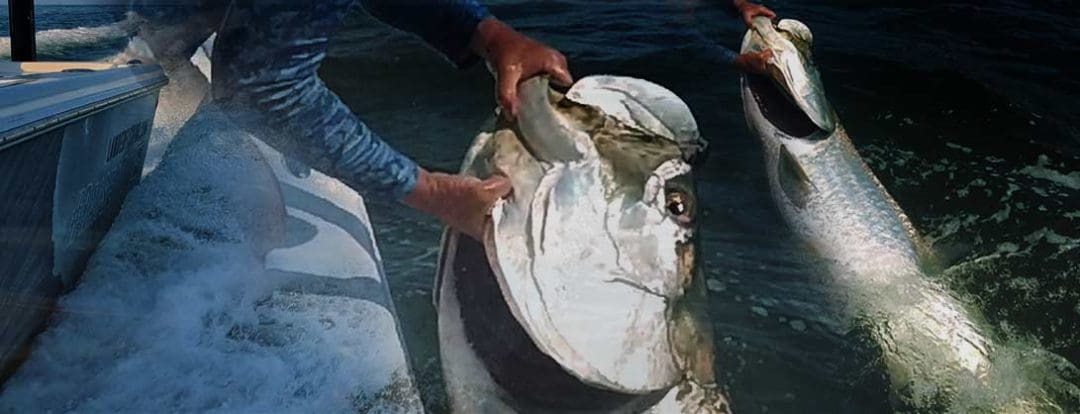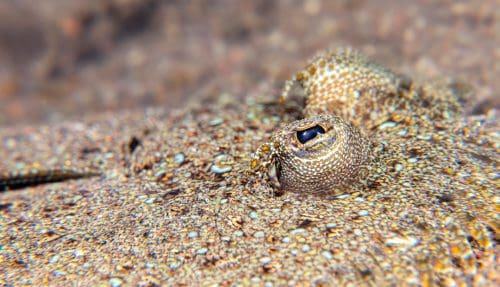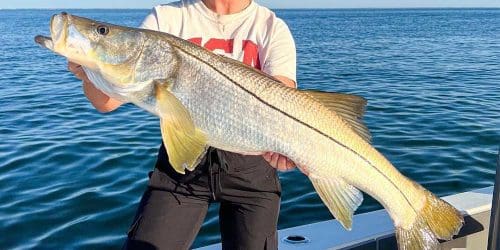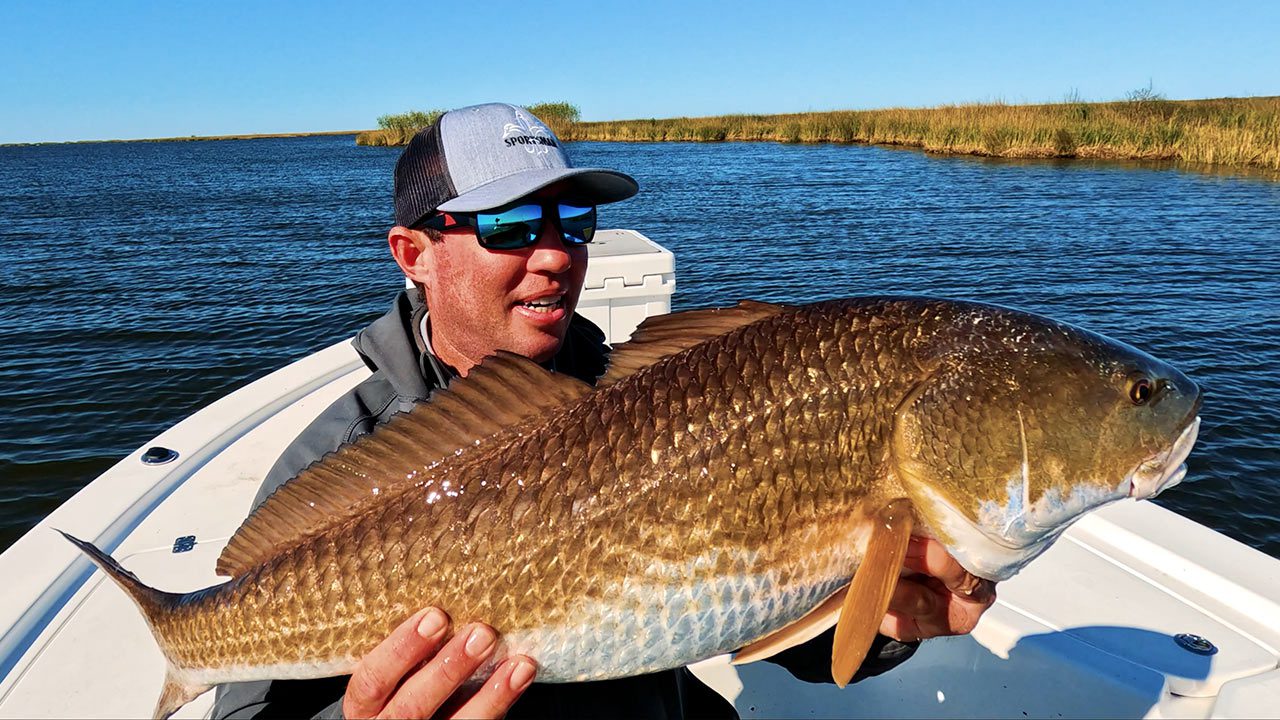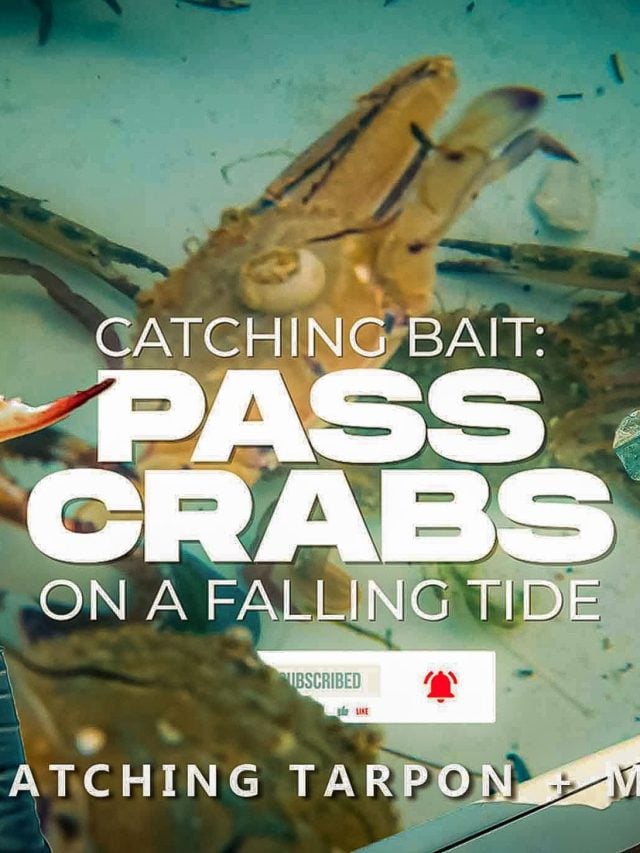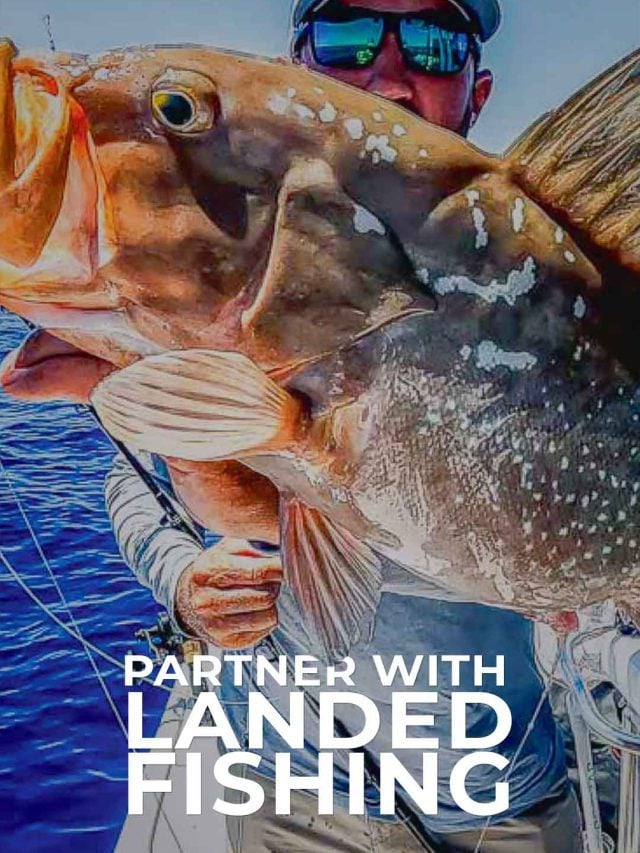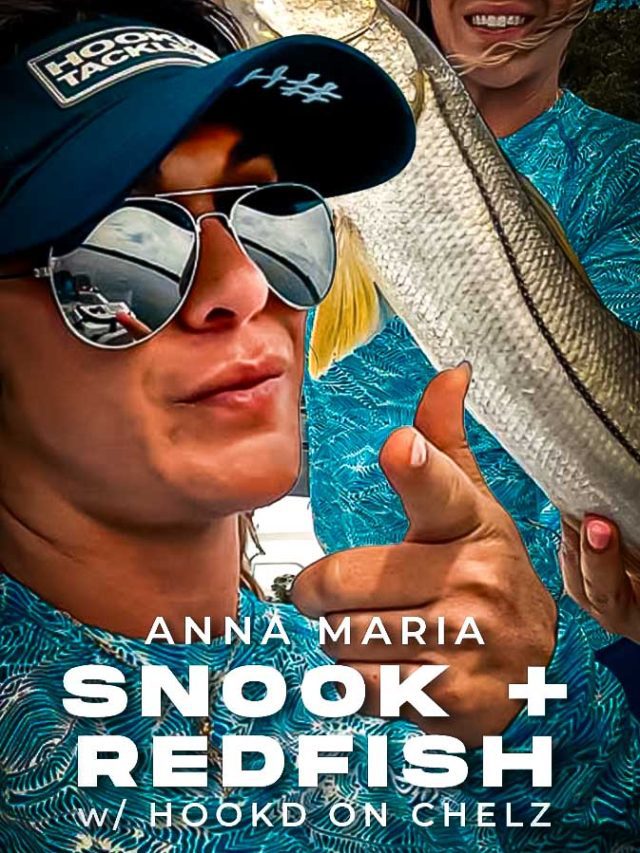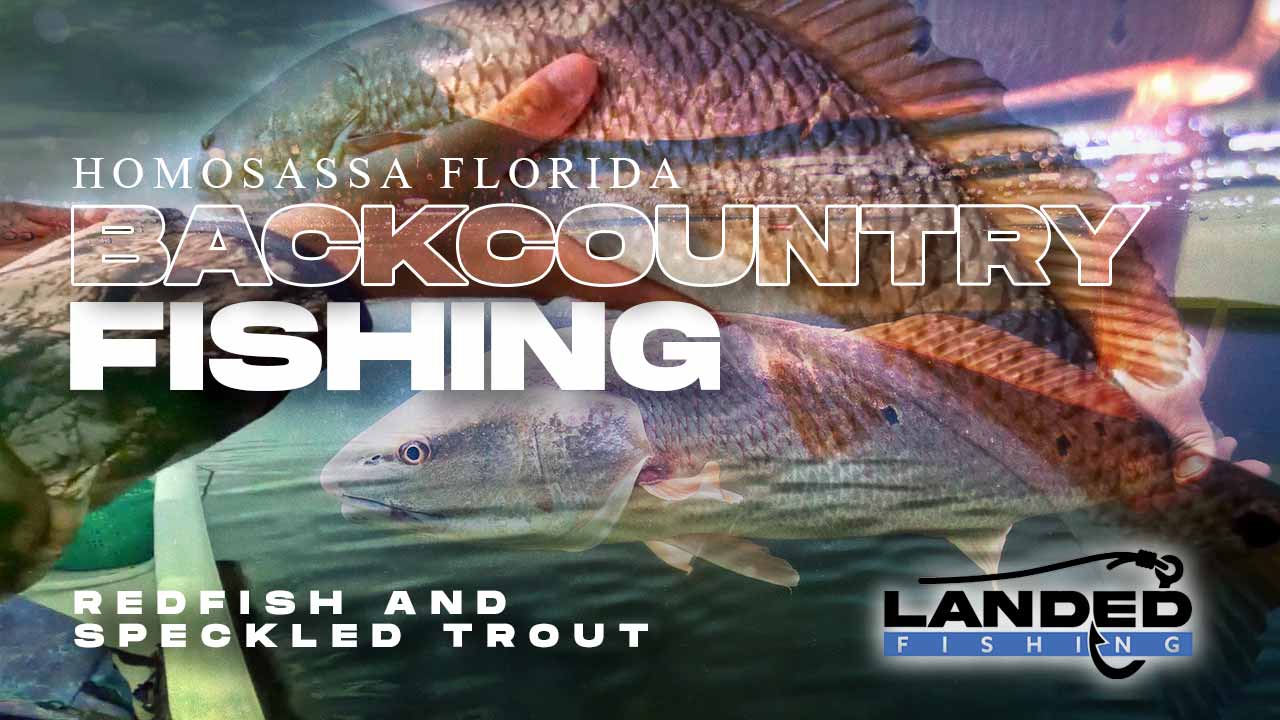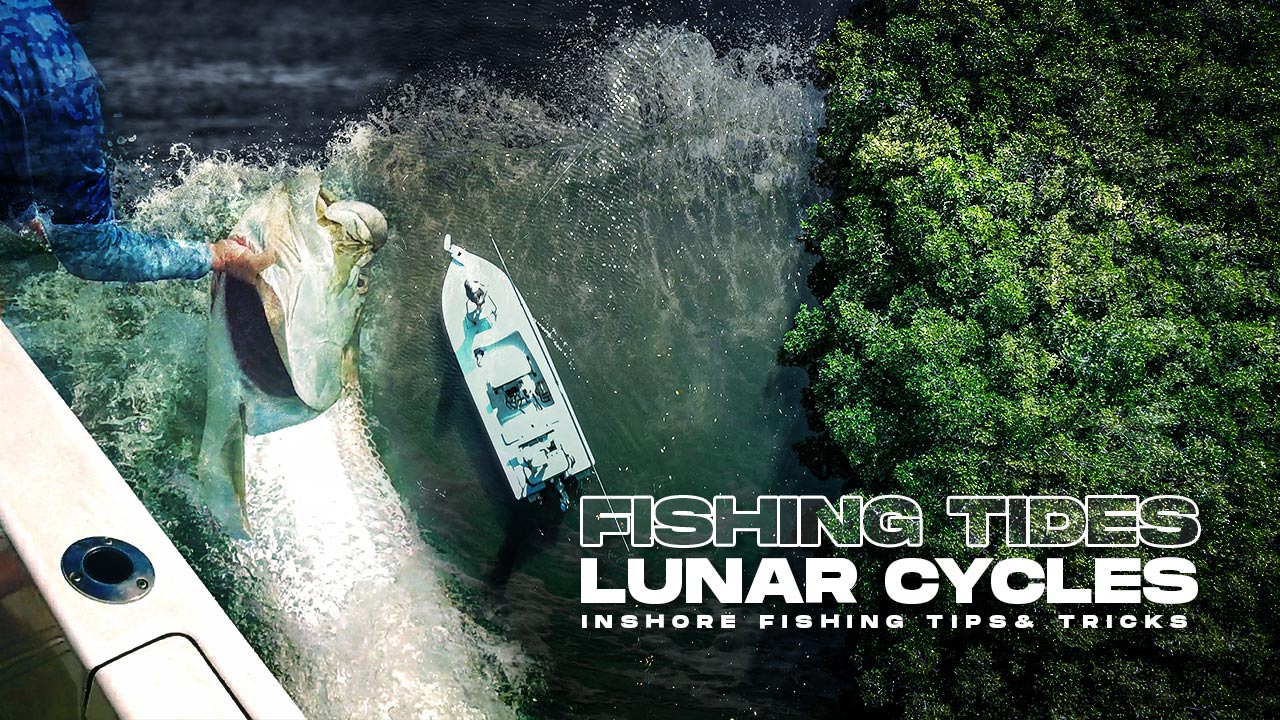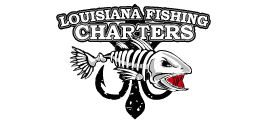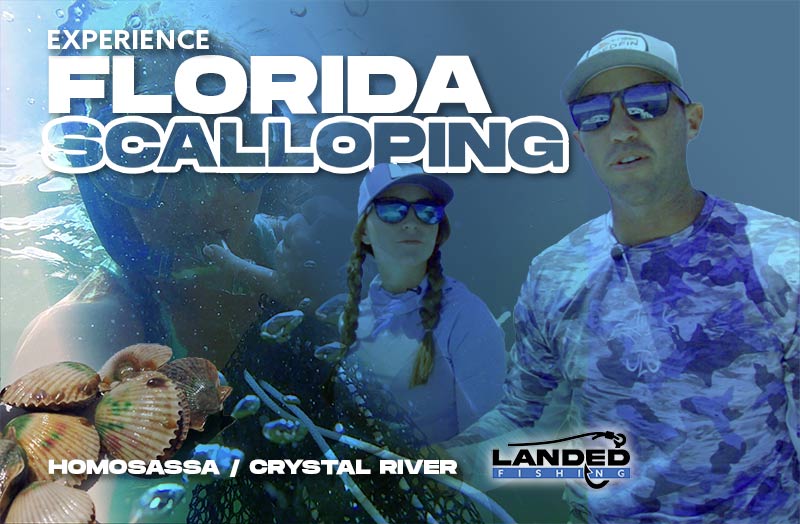Fishing Drop Offs, Ridges and Water Currents
Understanding the topography of the land, how bottom contours can affect water and the behavior of the fish that inhabit it can help you target your efforts in the most effective way. In this article, we will explore and discuss how to identify and fish drop-offs, currents, and ridges in coastal areas.
What is Fishing a Drop-Off ?
Drop-offs are areas where the water depth drops off quickly, creating a steep slope that fish often use as a transition zone between shallow and deep water. Drop-offs can be found in a variety of coastal areas, including bays, harbors, and estuaries. They can also be found near shorelines, where the depth of the water drops off quickly from the beach.
When fishing a drop-off, it is important to first identify the depth at which the fish are holding. This can be done with a fishfinder or by using a depth chart to determine the depth of the drop-off.
Once you know the depth at which the fish are holding, you can choose the appropriate fishing technique and bait to target them.
If you are fishing with lures, try casting them beyond the drop-off and retrieving them slowly along the slope. If you are using live bait, try suspending it just above the drop-off to entice fish that are holding at that depth. Keep in mind that fish may be holding at different depths along the drop-off, so it may be necessary to adjust your bait and technique accordingly.
Fishing drop offs and elevation changes can be an effective way to target a variety of fish species. These underwater structures often provide a transition zone between shallow and deep water and can create areas of increased current and turbulence, which can attract and hold fish. In this guide, we will discuss how to identify and fish drop offs and elevation changes.
Identifying Drop Offs and Elevation Changes
Drop offs and elevation changes can be found in a variety of aquatic environments, including rivers, lakes, and oceans. They can be identified using a variety of methods, including depth charts, fishfinders, and visual observations.
Depth charts can be a useful tool for identifying drop offs and elevation changes. These charts provide information about the depth and structure of the underwater environment, including the location of drop offs and elevation changes. Fishfinders, which use sonar to detect underwater structures, can also be useful for identifying drop offs and elevation changes. Finally, visual observations, such as looking for changes in water color or detecting areas of increased current and turbulence, can also be helpful in identifying these structures.
Fishing Drop Offs and Elevation Changes
Once you have identified a drop off or elevation change, it’s time to start fishing. Here are some tips to help you target fish in these areas:
Fishing Drop Offs
Fishing drop offs can be an effective way to target a variety of fish species. These underwater structures often provide a transition zone between shallow and deep water and can create areas of increased current and turbulence, which can attract and hold pedatory fish and their food source. Let’s explore how to identify and fish drop offs and elevation changes.
Identifying Drop Offs
Drop offs can be found in a variety of aquatic environments, including rivers, lakes, and oceans. They can be identified using a variety of methods, including depth charts, fishfinders, and visual observations.
Topographical Depth Charts
Depth charts can be a useful tool for identifying drop offs and elevation changes. These charts provide information about the depth and structure of the underwater environment, including the location of drop offs and elevation changes.
Fish Finders
Fishfinders, which use sonar to detect underwater structures, can also be useful for identifying drop offs and elevation changes. Finally, visual observations, such as looking for changes in water color or detecting areas of increased current and turbulence, can also be helpful in identifying these structures.
Choose the Right Bait and Technique:
The type of bait and technique you use will depend on the species of fish you are targeting and the conditions you are fishing in.
Fishing Drop Offs and Elevation Changes
Fishing Drop Offs: Position Yourself Correctly:
When fishing a drop off, position yourself correctly to increase your chances of success. If you are fishing from shore, you may want to cast your bait beyond the drop off or elevation change and retrieve it slowly along the slope. If you are fishing from a boat, you may want to position yourself just upstream or upwind of the structure and let the current carry your bait to the fish.
Pay Attention to the Current: Drop offs and elevation changes often create areas of increased current and turbulence, which can attract and hold fish.
Fishing in Different Water Currents
Currents are another important factor to consider when fishing coastal areas. They can be caused by tides, wind, or the movement of water through channels and inlets. Currents can create eddies and areas of turbulence that fish often use to their advantage when hunting for food.
When fishing in currents, it is important to understand how they are moving and where the fish are likely to be holding.
Fish often hold just outside of strong currents, where they can wait for food to be carried to them. They may also be found in areas of turbulence created by the current, where they can feed on disoriented prey.
To fish in currents, you may need to adjust your bait and technique to ensure that it stays in the strike zone long enough to attract a fish. You may also need to use heavier weights to keep your bait from drifting too far downstream. Keep in mind that fish may be more active during certain parts of the tide cycle, so it may be necessary to adjust your fishing times accordingly.
Fishing in stronger water currents can be a challenge, but it can also be a highly rewarding experience for anglers. Whether you’re fishing in fast or slow water currents, understanding how to position yourself and your bait can greatly increase your chances of success. Let’s explore how to fish in water currents, including fast and strong currents, slow currents, and how to position yourself around structures.
Fishing in Fast and Strong Currents
When fishing in fast or strong currents, it is important to use appropriate equipment to handle the conditions. Heavier weights and stronger lines may be necessary to keep your bait in the strike zone and prevent it from being carried away by the current.
One effective technique for fishing in fast currents is to position yourself upstream from structures, such as rocks or bridge pilings. (Use a trolling motor, power poles or an anchor to avoid drifting into the structure.) The current will carry your bait towards these structures, where predatory fish often wait for prey to be carried to them. Try using lures that imitate baitfish, such as spoons or jigs, that can be retrieved quickly to match the speed of the current.
Another effective technique is to use live bait, such as shrimp or baitfish, and suspend it just above the bottom of the river or stream. This will keep your bait in the strike zone for longer periods, and can be particularly effective for targeting bottom-feeding fish such as catfish.
Fishing in Slow Currents
When fishing in slow currents, it is important to adjust your technique and bait to match the conditions. Lighter weights and thinner lines may be appropriate to allow your bait to move naturally in the water.
An effective technique for fishing in slow currents is to use live bait or lures that imitate other small prey. These baits can be cast upstream and allowed to drift naturally with the current, imitating the behavior of natural prey. Alternatively, you can use a slow retrieve to mimic the movement of small fish or insects.
Fishing Tips: Positioning Around Structures
When fishing in water currents, it is often effective to position yourself near structures such as rocks, logs, or bridge pilings. These structures can create eddies and areas of slower current, where fish often congregate.
When positioning yourself around structures, it is important to consider the direction and speed of the current. Position yourself upstream of the structure, where the current will carry your bait towards it. Cast your bait just upstream of the structure and allow it to drift naturally with the current towards the eddy or slower current. This will increase your chances of attracting fish that are waiting for prey to be carried to them.
A better understanding how to adjust your technique and position yourself around structures, can increase your chances of success when fishing in both fast and slow currents.
Fishing Underwater Ridges
Ridges are underwater structures that can be found in coastal areas. They are often created by the movement of sand and sediment, and can provide habitat for a variety of fish species. Ridges can be found in a variety of coastal areas, including estuaries, bays, and offshore reefs.
When fishing ridges, it is important to first identify the depth and structure of the ridge. Fish may be holding on the sides of the ridge, where they can wait for food to be carried to them by the current. They may also be holding on top of the ridge, where they can feed on prey that is sheltered by the structure.
To fish a ridge, try casting your bait or lure along the sides or top of the structure. Pay attention to any changes in the depth or structure of the ridge, as these can often indicate areas where fish are holding. Keep in mind that fish may be more active during certain parts of the day or tide cycle, so it may be necessary to adjust your fishing times accordingly.
Fishing coastal area drop-offs, currents, and ridges can be a challenging and rewarding experience. By understanding the behavior of the fish and the topography of the water, you can target your efforts in the most effective way
What are Water Currents?
Water currents are the movement of water in a particular direction. They can be caused by various factors such as tides, wind, temperature differences, and the rotation of the earth. In the ocean, currents can be either surface or deep currents, and their speed and direction can change over time.
Fishing in Water current
Water currents play a crucial role in the lives of fish, particularly predatory fish. These currents can help them locate and capture prey, conserve energy, and maintain their position in the water column. We’ll explore how water currents affect predatory fish and how they use them to find food.
Predatory Fish and Water Currents
Predatory fish are typically larger fish species that actively hunt and capture their prey. These fish, such as tuna, swordfish, and marlin, as well as many others are often highly mobile and require a lot of energy to catch their food. Water currents can help these fish conserve energy by providing them with a source of propulsion.
Predatory fish often use water currents to locate their prey. They do this by positioning themselves in areas where the current is likely to carry prey.
For example, a predatory fish may position itself near a drop-off, where the current carries food from the shallower water to the deeper water.
Water currents also help predatory fish locate schools of baitfish. Schools of baitfish often move with the current, and predatory fish can use the current to follow and intercept them. This is often seen in open ocean environments, where predatory fish such as tuna and billfish follow currents that flow around seamounts, underwater ridges, and other features that concentrate baitfish.
How Predatory Fish Use Water Currents to Hunt
Predatory fish use different techniques to hunt depending on the species and the environment. Some predatory fish, such as barracuda and sharks, will swim into the current to increase their speed and momentum, allowing them to strike quickly at their prey. Other fish, such as tarpon and tuna, will use the current to position themselves and wait for their prey to come to them.
Predatory fish also use water currents to trap their prey. This is often seen in areas where water flows through narrow channels or between rocks. Predatory fish will position themselves near the area of the current where prey is likely to be carried, such as near the edges of eddies or in areas where the current slows down. When the prey is carried into the trap, the predatory fish will quickly strike.
Water currents play a critical role in the lives of predatory fish. These fish use the currents to conserve energy, locate their prey, and trap it. Understanding how predatory fish use water currents can help you improve your chances of success when fishing in areas where currents are present.
Paying attention to the current can help you identify the areas where fish are likely to be holding.
For example, fish may be holding just outside of a strong current, waiting for food to be carried to them, or they may be holding in areas of turbulence created by the current.
When Slow, Vary Your Fishing Presentation:
Fish can be finicky, and they may not always respond to the same bait and technique. Varying your presentation by changing the speed of your retrieve or the color and size of your bait can help you entice more fish.
Fishing drop offs can be an effective way to target a variety of fish species. Understanding and locating these underwater structures while using the right bait and technique, you can increase their chances of success and catch more fish.
Choose the Right Fishing Bait and Technique:
The type of bait and technique you use will depend on the species of fish you are targeting and the conditions you are fishing in. For example, if you are targeting bass in a deep drop off, you may want to use a jig or plastic worm and fish it slowly along the bottom. If you are targeting trout in a mountain stream with elevation changes, you may want to use a dry fly or nymph and fish it upstream.
Position Yourself Correctly:
When fishing a drop off or elevation change, it’s important to position yourself correctly to increase your chances of success. If you are fishing from shore, you may want to cast your bait beyond the drop off or elevation change and retrieve it slowly along the slope. If you are fishing from a boat, you may want to position yourself just upstream or upwind of the structure and let the current carry your bait to the fish.
Pay Attention to the Current while Fishing:
Drop offs and elevation changes often create areas of increased current and turbulence, which can attract and hold fish. Paying attention to the current can help you identify the areas where fish are likely to be holding. For example, fish may be holding just outside of a strong current, waiting for food to be carried to them, or they may be holding in areas of turbulence created by the current.
Vary Your Fishing Lure/ Bait Presentation:
Fish can be finicky, and they may not always respond to the same bait and technique. Varying your presentation by changing the speed of your retrieve or the color and size of your bait can help you entice more fish.
Get Hooked Up,
Subscribe to Landed Fishing
Our expert guides share tips and techniques, showcasing thrilling catches of popular fish species like redfish, snook, and tarpon.
Enjoy high-quality videos capturing the excitement of the catch and challenges in the Gulf of Mexico.

